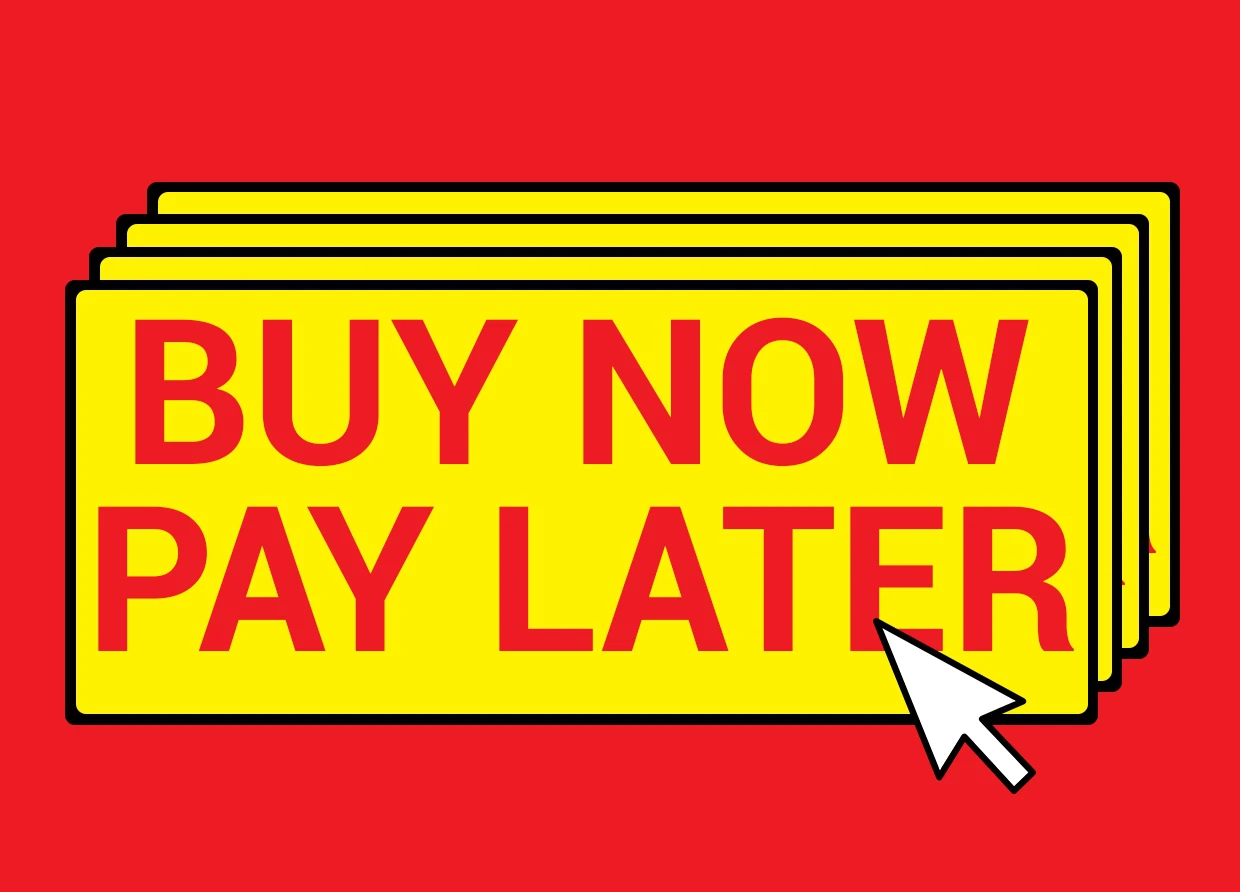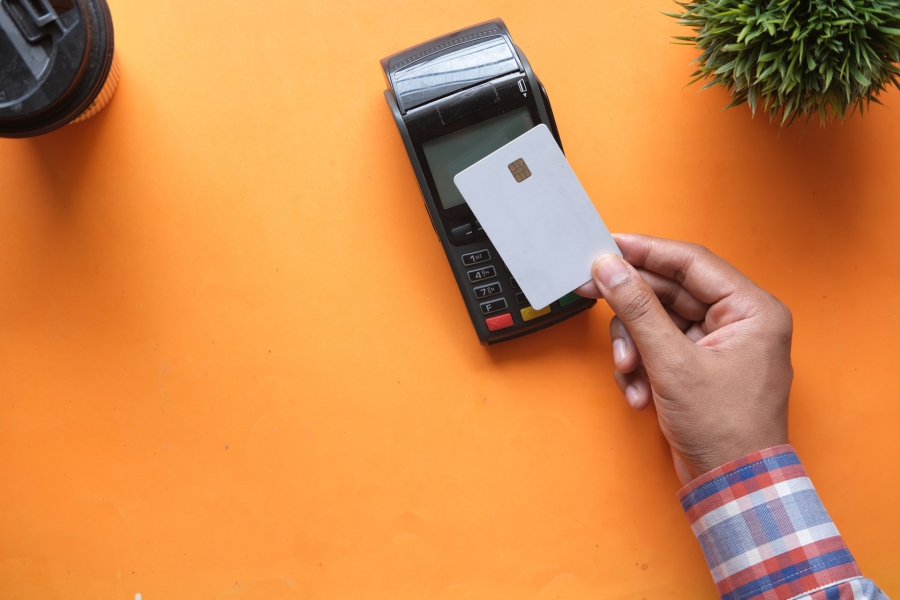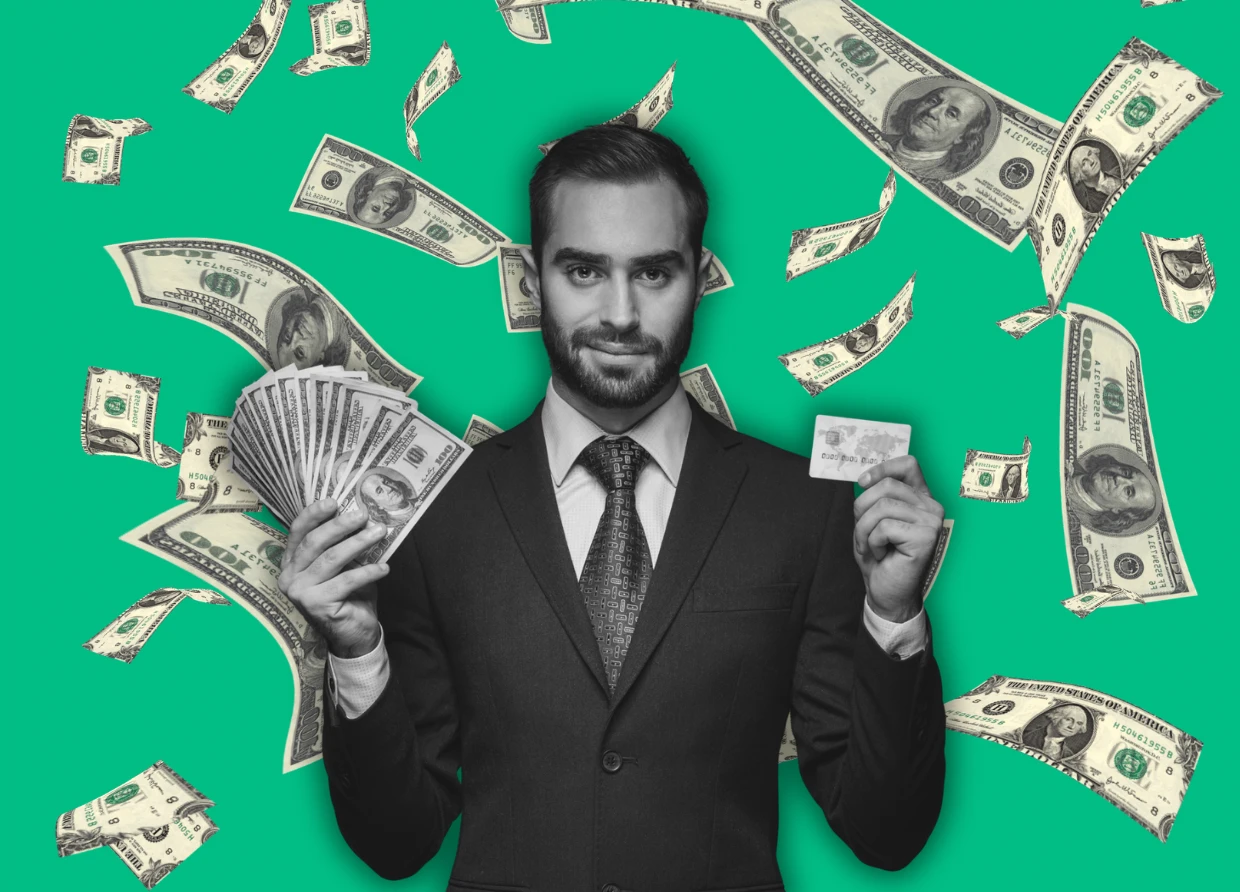THE INCREASINGLY POPULAR PAYMENT ALTERNATIVE: BUY NOW PAY LATER
Currently, we're provided with multiple options for our personal financial system convenience, one of which is the BNPL system, but what is it?

Compared to alternatives like credit cards, millions of customers around the world are increasingly opting for Buy Now Pay Later, or BNPL. Which is considered a more reliable method to control the cost of their online and in-store purchases according to their cash flow.
Pure-play and global consumer-friendly alternatives to shop, pay, and spend are being introduced by BNPL providers, opening the path for additional alternative payment options.
The BNPL industry in Indonesia continues to expand in the medium to long term. The usage of BNPL payments is predicted to increase significantly throughout the projection period, with a CAGR of 29.2 percent between 2021 and 2028. By 2028, the country's BNPL Gross Merchandise Value will have risen from US$ 889.7 million in 2020 to US$ 9,222.0 million.
BNPL is aiding customers in better managing their cash flow by providing short-term interest- and fee-free options, allowing them to escape revolving credit card debt and bank fees rather than enticing them into a dangerous debt cycle.
"BNPL's simple credit model provides a convenient way for them to spread the cost of some purchases over several weeks or months in equal payments, assisting with budgeting without resorting to a loan, going overdrawn, or putting the expense on credit cards. They can buy what they want, when they want, and take full advantage of promotions or sale items," said Kate Wilson, Global Head of Consumer Credit, Deposits and Payments at RFI Global.
Furthermore, she explained that the majority of BNPL users are millennials, "The majority of BNPL users are millennials who want to manage their money more efficiently and avoid debt."

How BNPL affects banks
However, this payment shifts transition carries other challenges for banks. As according to the survey, it shows 35 percent of the belief consider that a bank-provided service would be more expensive, 24 percent of them think it's more difficult to use, and 23 percent of them consider banks provide fewer offers and promotions.
There are also concerns regarding the influence on one's credit score and the possibility of hidden costs.
In France, 45 percent of consumers are concerned that using BNPL will negatively affect their credit ratings. More than a third of French respondents, or 37 percent of them, doubted their ability to commit to regularly scheduled payments.
The euphoria of BNPL is often found in people who want to try out this recent payment alternative first. A trial is a crucial driver of adoption in more fledgling BNPL markets where specific BNPL services have just recently debuted, such as India, Singapore, and Hong Kong.
#THE S MEDIA #Media Milenial #Buy Now Pay Later #Banks #Payment Alternative


























